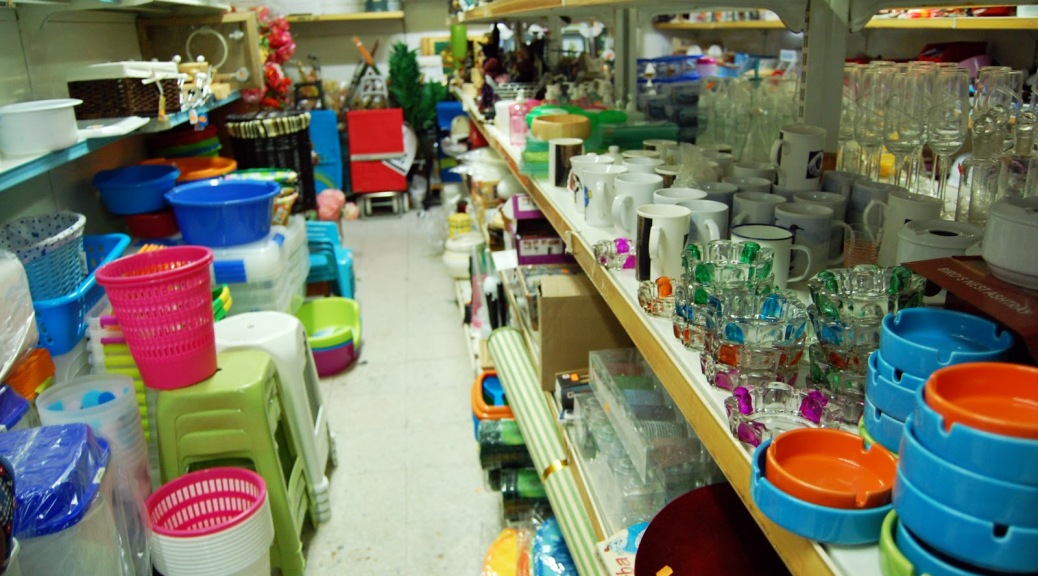Want to share with you guys my usual day routine and how we can associated with what we had had learn in class. My day might be not that interesting but keep reading if you want to find out 🙂
I usually wake up at 7:00am because I go to the gym from 8:30 to 9:30 (try to :P) and my everyday breakfast is banana oatmeal. I have a reorder point method with my oatmeal because is something I consume every day, when the oatmeal reaches this point(picture) I usually go to mercadona to buy more. Why I use this method? The holding cost of having many boxes of oatmeal would be high for me because I don’t have the available space in my food cabine for a periodic review method and Mercadona is very close to my house, so my transportation cost is low.

In a very busy day I can say that my distribution network is a milk run strategy with a direct shipping, Before going out of the house I will consolidate all the things I need for the day including food, sportswear, school supplies, every day needed things, etc. picking is directly from the reserve areas (my room, kitchen) and then to the consolidating area (my bed) I pack everything with a full truck load(my backpack) and leve.
My First stop is the gym, the transportation cost is going to be low because of my distribution network, but it would be difficult to control all the products I need for the day, I have to get Valenbici because I have a milk run strategy with a full truck load, and Valenbici is my best option to arrive quickly to my first destination.
Later after the gym, I get a shower and go to the library, here we usually get a study room and I notice that every book has their own identification, not necessary from GS1, but having identified each book can improve their inventory controls.
A 2:00 we take a break of studying and go for lunch, sometimes I’m in the mood for a salad in school, the queue sometimes are very long, but they grow due to variability and not disappear due to utilization.
After lunch, I usually go back to my warehouse to reload the truck, this time I only need less than a truck load because I have left only one more delivery of the day.
Later, I go to El Saler and pick up a girl I’m babysitting, here the picking process of the kids is like Amazon’s warehouse, the kids pick you. There are so many kids that their parents usually stay in their meeting point and the kids finds them, this way is more easies, like Amazon drone Warehouse (otherwise it would be impossible to find my kid XD)

Finally, I get back home around 21:00, usually have to get Valenbici, but it’s impossible to find a parking space at that hour, Even though the information flow of Valenbici is quite good, because technologies like their app, are able to communicate the final consumer their availability or parking in real time.

My route layout
That’s my usual Monday to Thursday day routine, thinking about it, we can find logistics in everything, it’s very interesting, didn’t notice it before..hope you guys enjoy it 🙂












